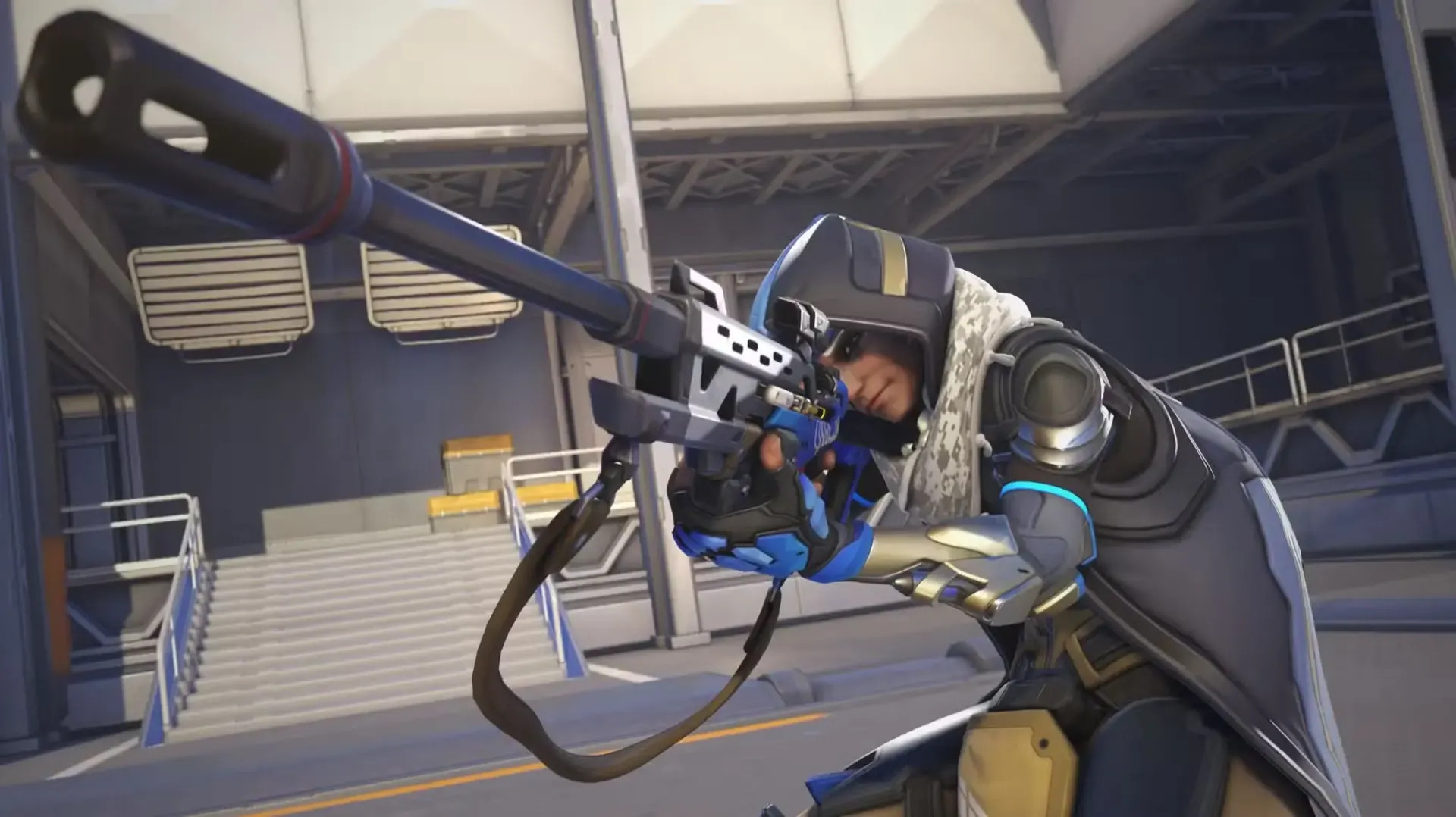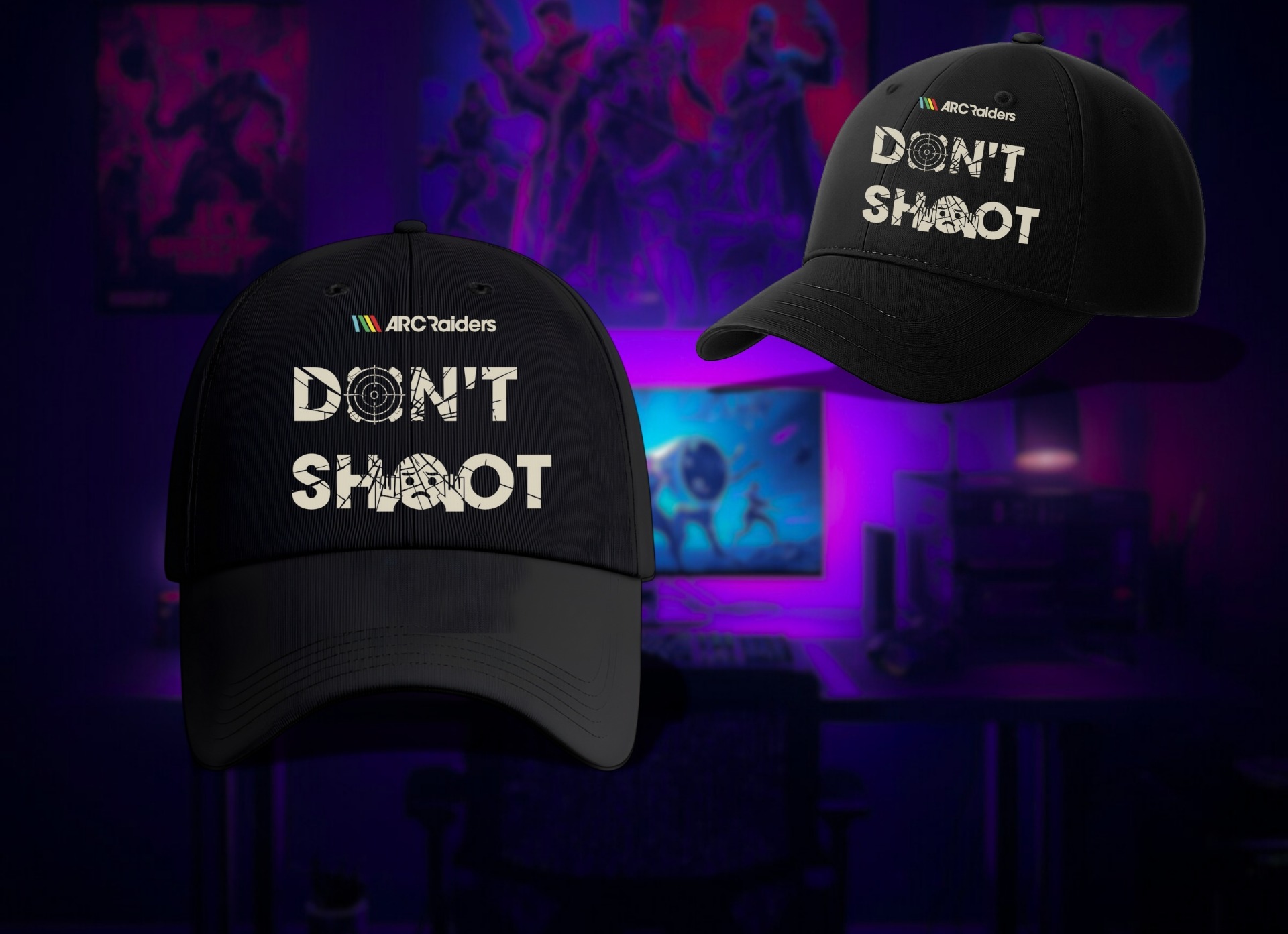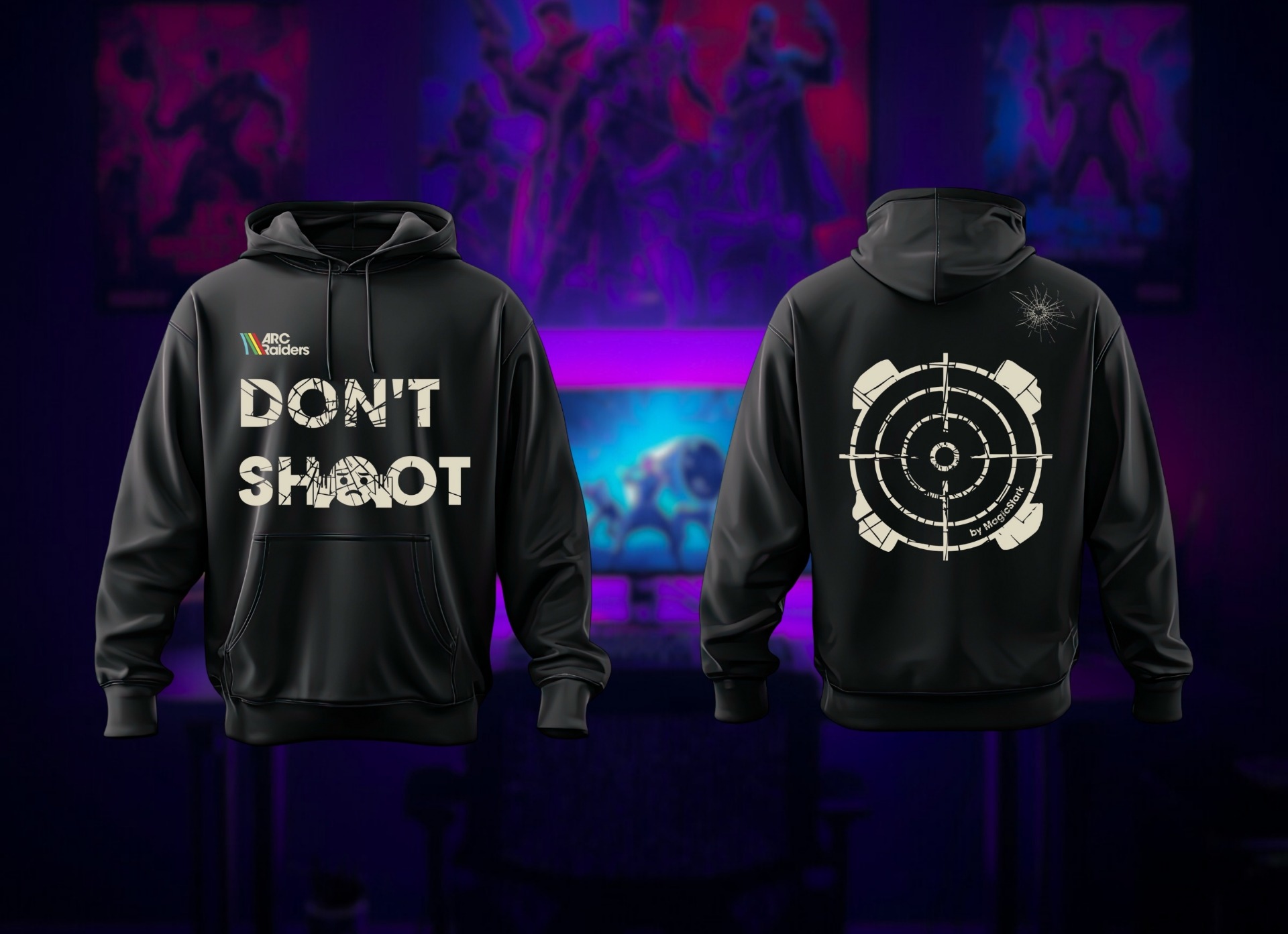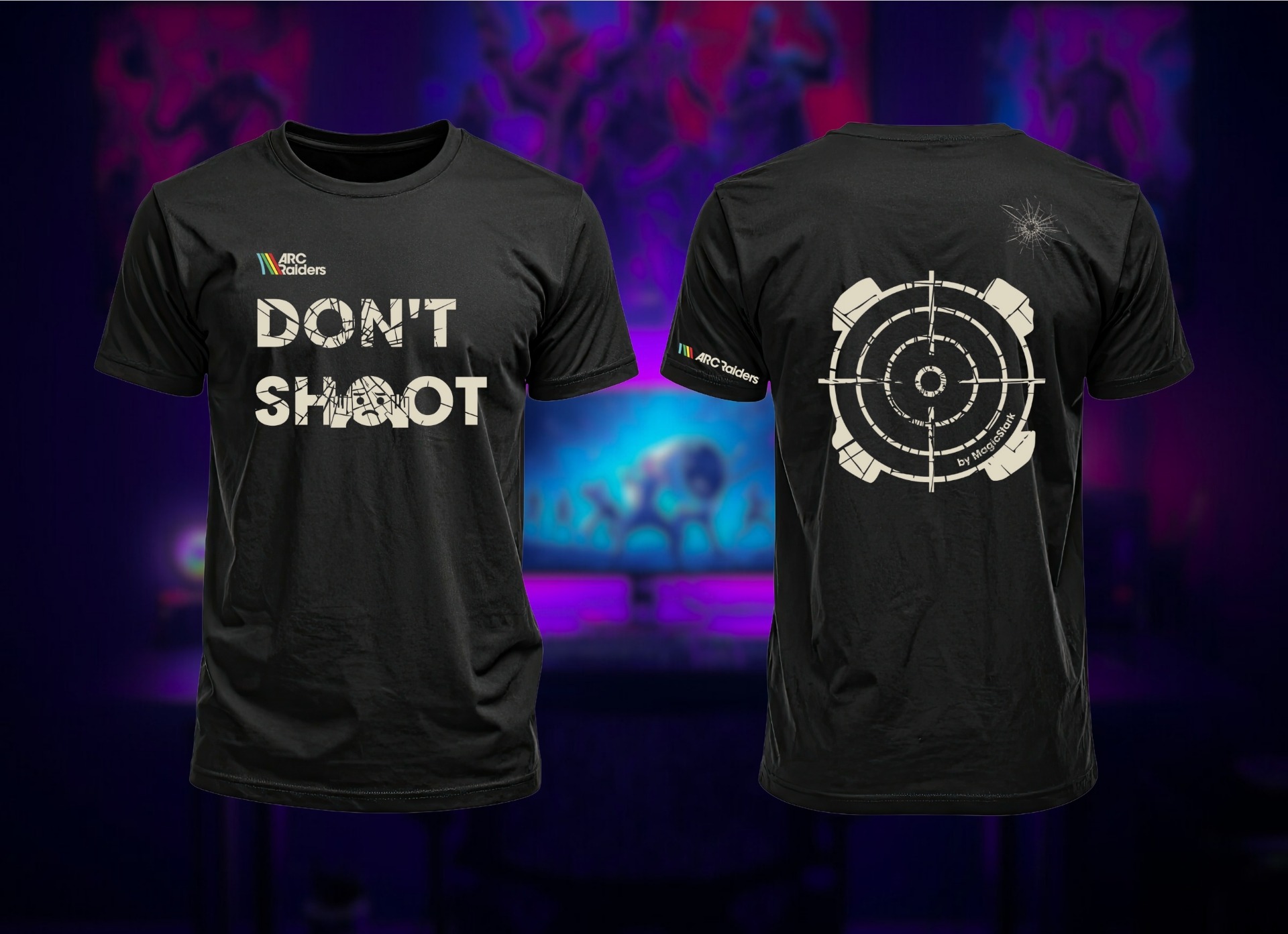YouTuber Builds Aimbot That Controls Their Body While Gaming
YouTuber Nicholas (Basically Homeless) created a "Neuromuscular Aim Assist" device that uses electric shocks to control his arm movements in Counter-Strike 2. The system combines computer vision with electrical muscle stimulation to achieve reaction times under 100ms, faster than many pro players. While teammates don't consider it cheating, it operates in a gray area since a computer makes targeting decisions but his muscles perform the movements.

Revolutionary Gaming Technology Blurs Human-Machine Boundaries 🎮
A YouTuber has unveiled an aimbot device that uses electric shocks to make his arm snap to in-game targets almost instantly, and in some cases, even pull the trigger for him. In a recent YouTube video, Basically Homeless (whose real name is Nicholas) showed his journey of building the homemade contraption and eventually blurring the line between human reflexes and machine assistance in competitive games.
Nicholas came up with the idea for this neuromuscular aimbot when he noticed that his own reaction times began slowing with age. The average human reaction time is around 200 milliseconds, while competitive esports players can get closer to the 150ms mark, or even below. Clearly then, each millisecond matters in competitive gaming, so Nicholas set out to create a system that could bypass the brain entirely, allowing a computer to detect enemies faster and trigger muscle movements automatically.
This innovative approach represents a paradigm shift in how we think about human-computer interaction in gaming, potentially opening new discussions about the future of competitive play and technological augmentation.
Is this the future of gaming or a concerning precedent? The technology raises fascinating questions about the boundaries between human skill and technological assistance in competitive environments.
The Technical Marvel Behind Neuromuscular Aim Assist 🔬
This goal led him down a path of Computer Vision, electrical muscle stimulation, and a fair amount of trial-and-error. Nicholas finally ended up developing the "Neuromuscular Aim Assist," which works by pairing a YOLO (You Only Look Once) model trained on Counter-Strike 2 gameplay with an EMS (electromyostimulation) or TENS (transcutaneous electrical nerve stimulation) unit.
System Architecture:
| Component | Function | Technology |
|---|---|---|
| Computer Vision | Enemy detection | YOLO model trained on CS2 |
| Processing Unit | Real-time analysis | PC + Raspberry Pi |
| Muscle Stimulation | Physical movement | EMS/TENS electrodes |
| Control System | Signal coordination | Solid-state relays |
The PC processes the in-game feed in real time, detects enemy positions, and sends commands to a Raspberry Pi, which in turn controls relays connected to electrodes on Nicholas' arm. The shocks cause his arm to move toward the target - and in its later form, automatically contract the trigger finger as well.
The technical sophistication of this system demonstrates advanced understanding of multiple disciplines including machine learning, biomedical engineering, and real-time systems programming.
💡 Technical insight: The YOLO model's real-time object detection capabilities, combined with precise EMS targeting, create a closed-loop system that can react faster than human neural pathways allow.
Performance Optimization and Breakthrough Results ⚡
The initial Neuromuscular Aim Assist prototype was plagued by latency, resistance from Nicholas' own reflexes, and general discomfort, but refinements like switching to Ethernet, upgrading hardware, using solid-state relays, and more precise muscle targeting brought the system's reaction times down to under 100ms - faster than many pro competitive players.
Performance Evolution:
Initial Challenges:
- High latency - System response delays
- Muscle resistance - Fighting against natural reflexes
- Physical discomfort - Prolonged electrical stimulation effects
- False positives - Incorrect target identification
Optimization Solutions:
- Ethernet connectivity - Reduced network latency
- Hardware upgrades - Faster processing capabilities
- Solid-state relays - Improved electrical response times
- Precision targeting - More accurate muscle stimulation
In gameplay tests, the device proved especially lethal when paired with scoped weapons, quickly locking onto enemies and dispatching them before they could react. There were some kinks in the aimbot, though, as false positives sometimes made Nicholas' aim twitch toward teammates, and prolonged use was physically strenuous.
The sub-100ms reaction time represents a significant achievement in human-machine interface technology, demonstrating that technological augmentation can indeed surpass natural human limitations in specific contexts.
YouTuber Figures Out How to Play Counter-Strike 2 Through Sheer Muscle Memory 🧠
The neuromuscular system essentially bypasses conscious decision-making, creating a form of "artificial muscle memory" that responds to visual stimuli faster than the brain can process and react to threats.
Reaction Time Comparison:
| Player Type | Reaction Time | Method |
|---|---|---|
| Average Human | ~200ms | Natural reflexes |
| Professional Esports | ~150ms or below | Trained reflexes |
| Neuromuscular Aimbot | <100ms | Electrical stimulation |
This represents a fundamental shift from reactive gameplay to predictive, automated responses that operate below the threshold of conscious awareness.
The implications extend beyond gaming into potential applications for accessibility technology, rehabilitation medicine, and human performance enhancement in various fields.
Ethical Considerations and Competitive Integrity 🤔
Teammates playing with Nicholas consistently said they wouldn't classify the neuromuscular aimbot as cheating, but he admitted that it's a "gray area" - the PC is making the call, but it's still his muscles moving. Most competitive games would likely consider it cheating due to the machine's intervention, but there's no denying that Nicholas' neuromuscular aimbot is an impressive piece of tech.
Ethical Analysis:
Arguments Against Cheating Classification:
- Human muscles perform the actual movements
- Player maintains physical control of the gaming device
- No direct software injection into the game client
- Physical limitations still apply to the user
Arguments For Cheating Classification:
- Computer makes targeting decisions without human input
- Reaction times exceed human capabilities naturally
- Automated responses eliminate skill-based decision making
- Unfair advantage over unaugmented players
The gray area Nicholas identifies reflects broader questions about technological assistance in competitive environments, similar to debates around performance-enhancing equipment in traditional sports.
Regulatory bodies in esports will likely need to develop new frameworks for addressing biomedical augmentation technologies as they become more sophisticated and accessible.
Future Implications for Gaming and Beyond 🚀
This technology represents a potential paradigm shift not just in gaming, but in human-computer interaction across multiple domains:

Potential Applications:
- Accessibility gaming - Assisting players with mobility limitations
- Medical rehabilitation - Muscle retraining and therapy
- Professional training - Accelerated skill development
- Research applications - Studying human-machine interaction
The neuromuscular aimbot demonstrates how emerging technologies can challenge traditional boundaries between human capability and machine assistance.
Future developments might include more sophisticated feedback systems, reduced physical strain, and integration with VR/AR environments for immersive training applications.
Ethical frameworks will need to evolve alongside technological capabilities to address questions of fairness, safety, and human enhancement in competitive and recreational contexts.
Technical Innovation and DIY Engineering 🛠️
Nicholas' project showcases the power of DIY engineering and accessible technology to create cutting-edge innovations outside traditional research institutions.
Key Technical Achievements:
- Real-time computer vision implementation
- Biomedical device integration with gaming systems
- Low-latency control systems for human augmentation
- Custom hardware-software integration
The project's success demonstrates how individual innovators can push technological boundaries using readily available components and open-source tools.
This democratization of advanced technology development suggests a future where human augmentation becomes increasingly accessible to non-institutional researchers.
FAQ
Q: How does the neuromuscular aimbot actually work?
A: It uses computer vision to detect enemies in Counter-Strike 2, then sends electrical signals to electrodes on the player's arm, causing involuntary muscle contractions that move the mouse toward targets.
Q: Is this technology considered cheating in competitive gaming?
A: It exists in a gray area - while the player's muscles perform the movements, a computer makes the targeting decisions, which most competitive games would likely consider cheating.
Q: How fast are the reaction times compared to human players?
A: The system achieves reaction times under 100ms, significantly faster than average humans (~200ms) and even professional esports players (~150ms).
Q: What technologies are used in this system?
A: The system combines YOLO computer vision models, electrical muscle stimulation (EMS/TENS), Raspberry Pi controllers, and real-time processing on PC.
Q: Are there any safety concerns with this technology?
A: Prolonged electrical muscle stimulation can be physically strenuous, and false positives can cause unintended movements, though the creator has optimized for safety.
Q: Could this technology be used for accessibility purposes?
A: Yes, similar technology could potentially assist gamers with mobility limitations or be adapted for medical rehabilitation applications.
Q: What were the main technical challenges in building this?
A: Initial problems included high latency, muscle resistance, physical discomfort, and false positive target detection, which were addressed through hardware and software optimizations.
Q: How accurate is the target detection?
A: While generally effective, the system sometimes produces false positives that cause aim twitching toward teammates, indicating room for improvement in target classification.
Related Articles:
Community and Newsletter
Want to be the first to know about the latest news? Join our CZ/SK community Discord where you'll find the freshest updates in the #herní-novinky channel! 🎮💥 You can also join discussions, find new friends, fellow players, participate in GIVEAWAYS and win peripherals or game keys that interest you! 🔑👾
Thanks to your support, I can create quality gaming content and bring you the latest information from the gaming world 🎮. Some links in my articles may be affiliate links - when you shop through them, I receive a small commission without changing the price for you. All products and games I recommend are carefully selected and personally tested. This income helps me remain an independent creator and bring you objective reviews and opinions. If you like my content, you can also support me through Twitch membership, YouTube or Discord Nitro boost. Thank you for your support! - MagicStark 💎

Daniel Haša
🎮 Streamer | 🎥 Content Creator | 📈 SEO Specialist | 🎮 Gamer & Beta Tester | ✍️ Copywriter | 🧠 AI user
Daniel is a passionate gamer and content creator who specializes in gaming reviews, guides a Gaming news from all over the world. He regularly streams on Twitch, creates detailed YouTube videos, and brings exclusive articles to magicstark.cz. He covers the latest titles, provides in-depth gaming analyses, and helps players get the most out of themselves.























